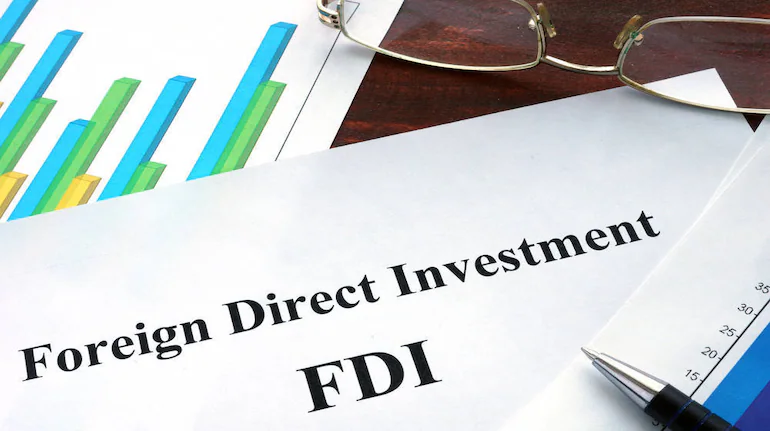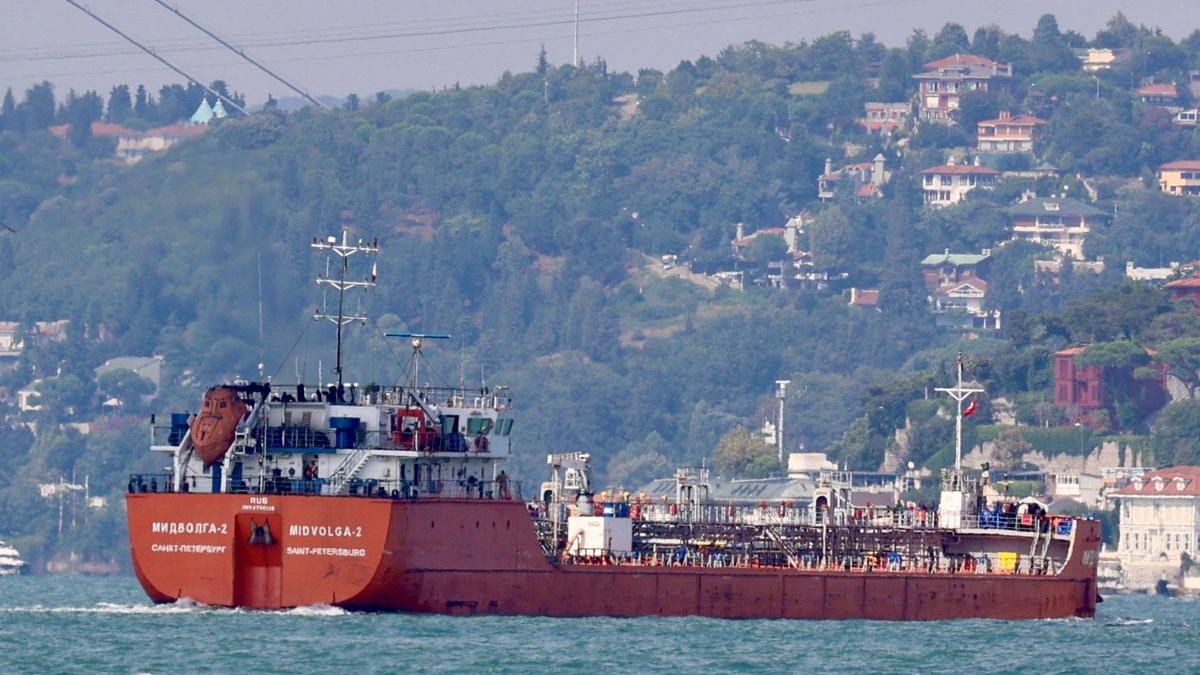



India has improved its global Foreign Direct Investment (FDI) ranking to 15th in 2024, despite a slight decrease in inflows to $27.6 billion. An UNCTAD report highlights a significant rise in greenfield project announcements, positioning India fourth globally in that category and solidifying its attractiveness to international investors.

Copyright infringement not intended
Picture Courtesy: MONEY CONTROL
The World Investment Report is an annual publication by the United Nations Conference on Trade and Development (UNCTAD)
|
About UNCTAD
|
Global FDI flows fell by 11% in 2024, second consecutive year of decline.
Financial Flows v/s Productive Investment => While headline FDI figures rise by 4% to $1.5 trillion, this number is misleading. The increase was largely due to volatile financial flows through "conduit economies" in Europe (countries used as transfer points for investments). When these are excluded, real FDI declined by 11%.
Setback for Sustainable Development Goals (SDGs) => Investment in critical SDG-related sectors in developing countries saw a drop of 25-33%. This decline affected vital areas like infrastructure, renewable energy, water, sanitation, and agriculture. Only the health sector witnessed growth.
Digital Economy Divide => While FDI in the global digital economy grew by 14%, its benefits are not evenly distributed. 80% of greenfield projects in the digital sector in the Global South were concentrated in just 10 countries, leaving most developing nations behind.
Top FDI Destinations => The United States maintained its position as the world's top FDI destination, with inflows rising to $279 billion.
Within South Asia, India was the top recipient of FDI.
Improved Global Ranking => India climbed one position to rank 15th globally as an FDI destination in 2024, up from 16th in 2023.
FDI Inflows => The country attracted $27.6 billion in FDI, a marginal dip from the $28.1 billion received in the previous year.
Strength in Greenfield Projects => India ranked fourth globally in greenfield project announcements with 1,080 projects. This signals strong long-term investor confidence in setting up new manufacturing and operational facilities in the country.
Hub for International Project Finance => India ranked among the top five economies for securing large-scale international project finance deals, with 97 such transactions.
Rise as an Investor (FDI Outflows) => Indian companies invested $24 billion overseas, pushing India's rank for FDI outflows to jump from 23rd to 18th. This reflects the increasing global footprint of Indian corporations.
|
The improvement in rank, despite lower inflows, suggests that global FDI flows to other competing nations have fallen more steeply. Global economic uncertainty, geopolitical tensions, and restrictive trade policies have led to a general slowdown in cross-border investment worldwide. |
Must Read Articles:
RBI Reclassification of FPI to FDI
Source:
|
PRACTICE QUESTION Q. Which of the following statements accurately describes the concept of "Downstream Investment" in the context of India's FDI policy? 1. It occurs when a foreign-owned Indian entity invests in another Indian company. 2. The source of funds for the downstream investment must be from domestic borrowings of the investing Indian entity. Which of the above statements is/are correct? A) 1 only B) 2 only C) Both 1 and 2 D) Neither 1 nor 2 Answer: A Explanation Statement 1 is correct: Downstream investment is an indirect foreign investment where an Indian company, which has already received FDI and is considered "foreign-owned" or "foreign-controlled," uses its capital to invest in the shares or capital instruments of another Indian company. Statement 2 is incorrect: The policy restricts the use of funds borrowed from the domestic market for making such investments to prevent the leveraging of local capital for activities that are meant to be funded by foreign capital. |









© 2026 iasgyan. All right reserved